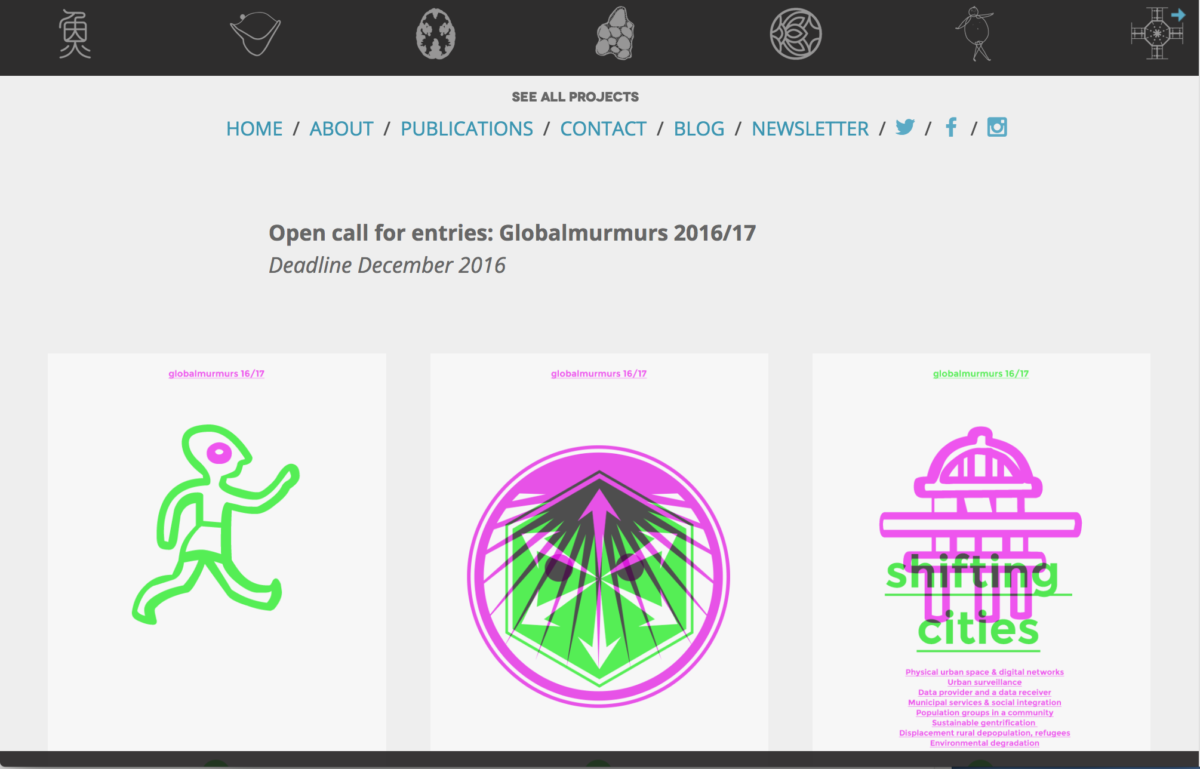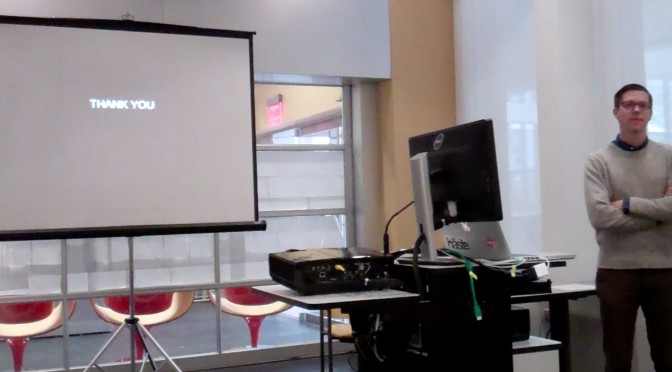Joshua Korenblat
Associate Professor
State University of New York at New Paltz
As described in his classic book Writing with Power: Techniques for Mastering the Writing Process (published in 1981), a more reliable method includes strategies for students to iterate and see their work from fresh perspectives. With these methods, graphic design students instead get the right idea before getting the idea right, to paraphrase designer Bill Buxton. In my course, writing workshops adapted for a graphic design intent included: Freewriting, the Loop Writing Process, Metaphor Priming, and haiku poetry reframed as comics. Cut-and-Paste Revising and the Collage also become essential at the end of the semester. By the end of the course, students reported an increased awareness of their decision-making, discernment of intentions and intuition, and mindfulness of audience and medium. Their final work shows appropriate graphic design decisions within a real-world context. At the same time, their work retains an authentic personal voice—a legacy of the handmade thinking from the earlier workshops.
In contrast to art studio pedagogy, which emphasizes visual products, writing workshops help writers develop an articulate voice for self and audience, emphasizing practice over vivid outcomes. Today, methods devised by Professor Elbow that seem most relevant for graphic design students—no matter the course they are in—include Freewriting for ideation and the Collage for editing and prototyping. These methods help graphic designers move discovery work from the art studio to a communication context. As designer Dave Gray notes, designers work with a visual language that supports the same purpose as verbal language. Gray cites Using Language, a book by Stanford linguistics professor Herbert H. Clark: designers use visual language to think, converse, communicate, collaborate, and co-create. Writing workshop strategies span prose and poetry; by adapting them for graphic design purposes, educators crystallize the everyday activities carried about by language and formalize them in design practice.
Most college graphic design programs operate in Art Departments in the United States. A legacy of the Bauhaus, this structure creates an implicit aesthetic foundation for visual communication. However, graphic design has become part of practices far afield from these aesthetic foundations. These practices have emerged as people inexperienced with visual communication can produce compelling graphics using intuitive apps. This change puts more emphasis on conceptual thinking and empathy in emergent fields of graphic design—skills that might not be taught in studio art academies, which democratize who can become a professional designer. Significant emergent fields of graphic design practice include user experience design, which draws upon ethnography and psychology, and data visualization, which converges data analytics with storytelling. Yet even classic practices, such as Art Direction, can benefit from the reframing of design with writing workshops. Students become more empowered to find their authentic voice and the practice of design becomes more democratic.
This design research was presented at Design Incubation Colloquium 9.1: Kent State University on Saturday, October 15, 2022.


